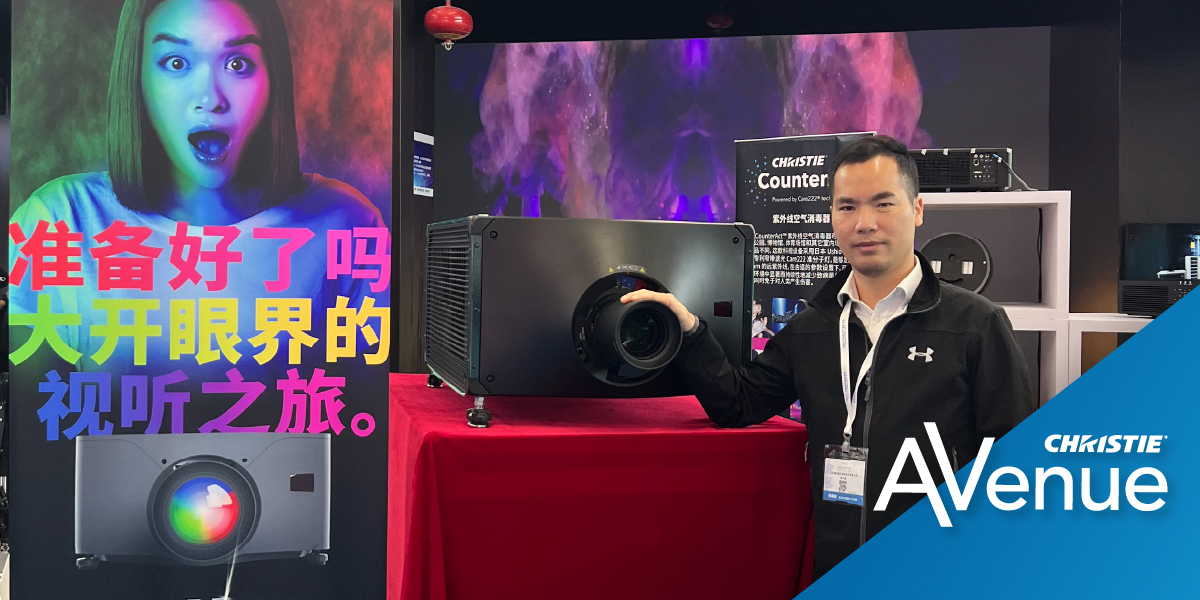Jianye Display Co., singing in the Chinese rain

Not everyone gets a lovely warm venue to work in. When your business involves outdoor work, you check the weather forecast as often as the tech specs. You check even more if your home country covers 5 climate zones, including the severe cold region, cold region, hot-summer cold-winter region, and hot-summer warm-winter region. Zhongliang Li, technical director of Jianye Display Co., Ltd., knows all about crewing in those sorts of conditions.
It’s Northeast China where the difference between day and night temperatures gives Li the biggest headaches. “We have to house our projectors in weatherproof enclosures designed to dissipate heat at high temperatures and provide auxiliary heating in low temperatures,” says Li, adding that even when the projectors are warm and cozy, getting a reliable signal can still be an issue. “In terms of signal transmission, fiber-optic transmission is preferred as there is less interference and stable operation is assured even under extremely low or high temperatures.”
Installation flexibility
Anything that makes life a little easier under such conditions is welcome, and Li says he loves the simple fact that laser projectors have a great advantage when it comes to installation flexibility since they possess omnidirectional capabilities and can be fitted at any angle. Lamp-based projectors are less flexible since they cannot be installed sideways without reducing lamp life.”
By far their largest project has been the Guangzhou International Light Festival, which involves dozens of exhibitions at various venues around Guangzhou, including the largest city square–Huacheng Square, also known as Flower City Square–attracts more than 10,000 participants.
All innovative
Planning is everything for events of this scale. But the ability to handle setbacks is just as important, and testament to the tenacity of Jiayne Display crew and technicians.
At the “The Great Lanzhou” projection mapping show in Gansu Province, Li says he had initially planned to complete installation and commissioning within a month. “However, there was considerable delay in the completion of some outdoor infrastructure, although the show’s premiere date remained fixed. We had less than 10 days (instead of a month) to complete preparations for the building façade, props, and live performance elements, all of which were innovative.”
Li explains that he had to take some unusual steps to bring things back in line. “Our on-site technicians had to simulate a 3D optical path in the early stages and anticipate solutions in advance. The video team also transported the server directly to the site so the content could be rendered and calibrated in real-time. In the end, through hard work and cooperation, we accomplished our mission in time for the premiere.”
No matter where you are in the world, it could be weather, unforeseen circumstances, or the massive scale of a project, that knocks things off track. And it’s always crews—talented, resourceful, and dedicated—who make sure it doesn’t stay that way for long.






